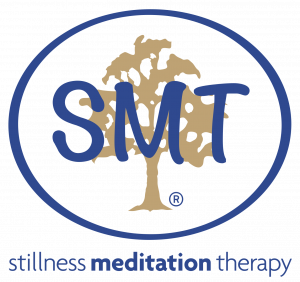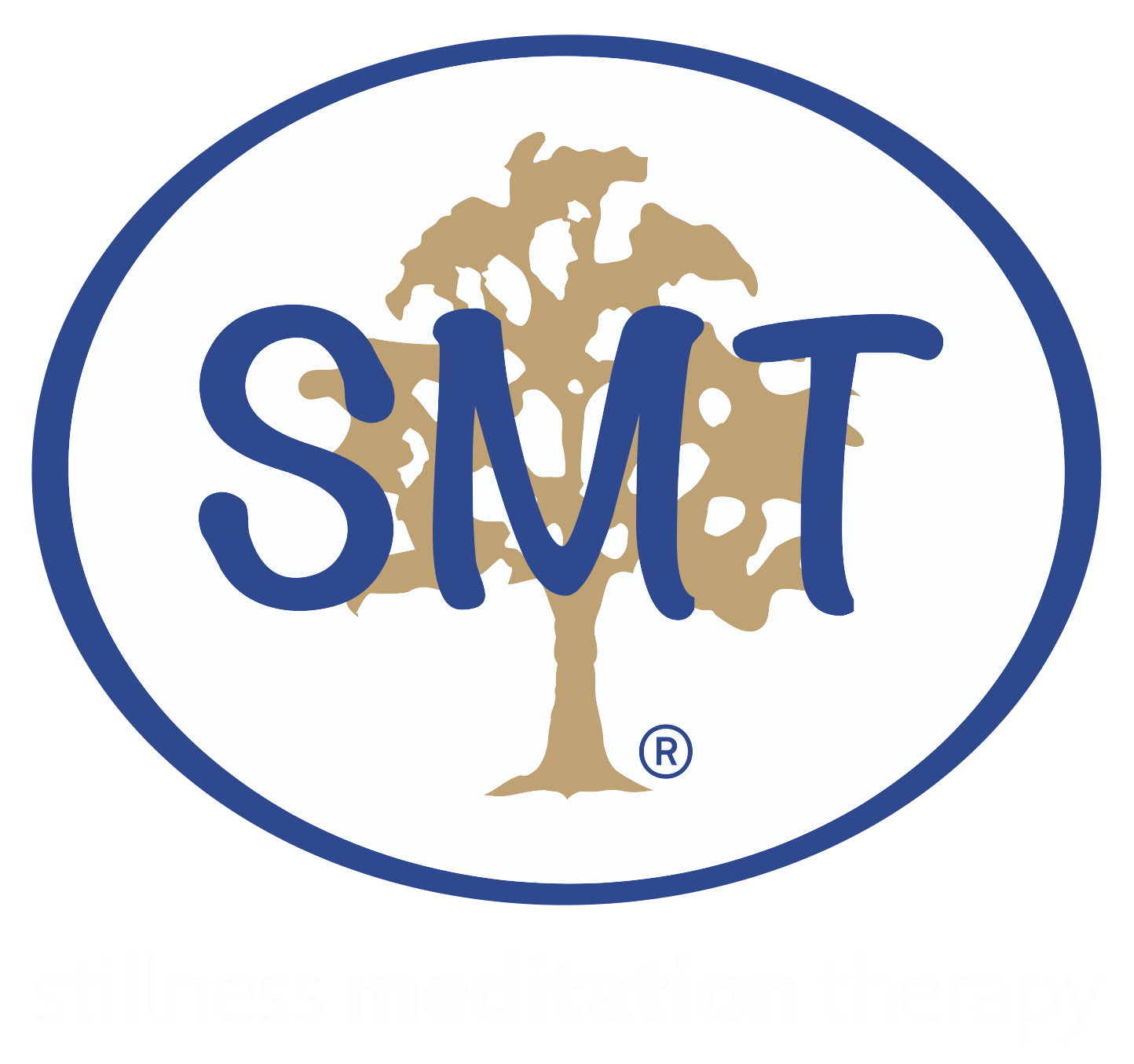Living Calm in a Busy World
By Pauline McKinnon
Ease is that incredible quality
That enables us to deal equally
With disaster and success
Ainslie Meares, M.D. Let’s Be At Ease, Posth.1987
(Extract from Introduction – Living Calm in a Busy World by Pauline McKinnon, released December 2011)
Life is filled with surprises – some beneficent and some less so. Just when all seem to be cruising, challenges of one kind or another may interrupt the flow. By contrast, when life is looking glum a doorway to lightness may serendipitously appear.
Many recognize the pace of living and the expectations within it as contributing to their inner discomfort. Relationships decay and families are broken; confusion prevails as compelling life questions remain unanswered; while various forms of addictions and substance abuse are on the increase. Depression is an all too common diagnosis. Chronic or major illness is now frequently attributed to stress.
Stress, as these hurts are commonly recognized, is a ‘given’ in today’s world. There is a lack of ease in living and stress is clearly something that many people are unable to manage. Stress contributes to physical, mental and spiritual illness; and stress robs people of happiness; for happiness cannot freely exist without a healthy body. And a healthy body cannot exist without a healthy mind.
This is where an element of surprise can enter the picture. Though usually concealed, contained within apparent crises there can be opportunities to learn, to change, and to grow. The best surprise may be the arrival in one’s life of a teacher to help us on our way; he or she somehow arrives when most needed.
All people are capable of inspiration. Most are capable of being taught – of following a leader. But it takes an exceptional moment of inspiration in an exceptional person’s consciousness to divert from familiar paths; to seize the moment and act upon it and so change direction and thinking to the advantage of others. This is the unique quality of an exceptional leader – and one such leader was Dr Ainslie Meares.
A scientist, medical doctor, psychiatrist, author, poet and trail blazer, Ainslie Meares was humble enough to seek and learn but courageous enough to forge an independent path. His faith in the body’s healing capacity provided him with the impetus to create a way for people to live with greater ease.
With extraordinary insight and vision, over 50 years ago Dr Meares initiated what others today are accepting without question – that meditation is the health practice of the future.
Meares originated his unique therapeutic meditation when this approach was unheard of; while classical meditation for personal and spiritual development has been traditionally practiced for time immemorial, the potential for meditation as a recognised therapy is of far more recent interest.
Even more importantly, it was Meares who identified ‘why’ meditation ‘works’ – and the quality and depth of meditation necessary to gain notable results.
The process he began relies upon understanding something different in relation to the function of the brain. His personal insight and desire to heal led him to re-examine the mind above and beyond the usual fields of interest, discovering that anxiety could and should be managed naturally; that there was potential within those ideas for the management of physical illness – and that natural healing of this kind is an important area to explore.
With an extent of awareness far ahead of his time, Dr Meares conceived a style of meditation to sufficiently rest the mind so that positive psychological, physiological and spiritual changes could occur.
Meares’ aim was primarily to help people enjoy less stress, better health and greater happiness. The role of anxiety and how to naturally lower anxiety levels is paramount to his theory and principles of meditation. Since meditation is now finding its place within health care, the subtlety of Meares’ teachings must be separately identified.
I consider meditation to be a precious life art alongside the individual beauty and bounty of other art forms. In this, each style of meditation ought to be given the respect due as would be granted to any single work of art. So while respectfully deferring to traditional and popular techniques of meditation taught and practiced widely, it is my aim in this book to see Dr Meares’ work distinguished from others.
If the refinement of his teaching is not properly comprehended, or if his approach is misunderstood, diluted or lost along the way, then frustration and disappointment may occur.
That outcome would leave a vital gap in the ‘medical’ use of meditation – and the valuable insights of Ainslie Meares would therefore be denied to future generations.
In “Living Calm in a Busy World” I have attempted to paraphrase his work – Stillness Meditation Therapy – in the context of my own experience over many years. To the best of my ability I have set out Meares’ philosophy, theory and principles – and how and why his form of meditation ‘works’. It is my hope that the riches he discovered may be correctly preserved, enthusiastically studied and applied as a health investment. And with more awareness of mental health needs in the community it is especially timely to revisit Meares’ contribution to wellbeing.
2010 was the centenary of Meares’ birth and 2011 marks the 25th anniversary of his death. The book is also a form of tribute, celebration and gratitude from me and from a great many others whose lives he had the vision to positively transform. The outcome of his vision came to me initially as a wonderful surprise. I would like to hope that readers can follow the simplicity of his teaching and be similarly surprised!
To purchase “Living Calm in a Busy World” visit our Shopping Page
© Pauline McKinnon, Melbourne, Australia

